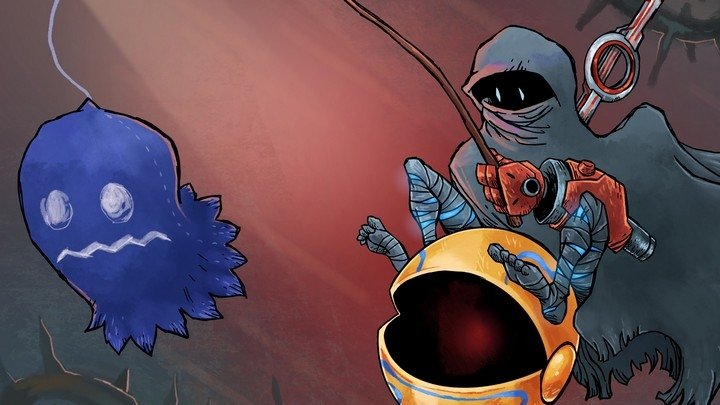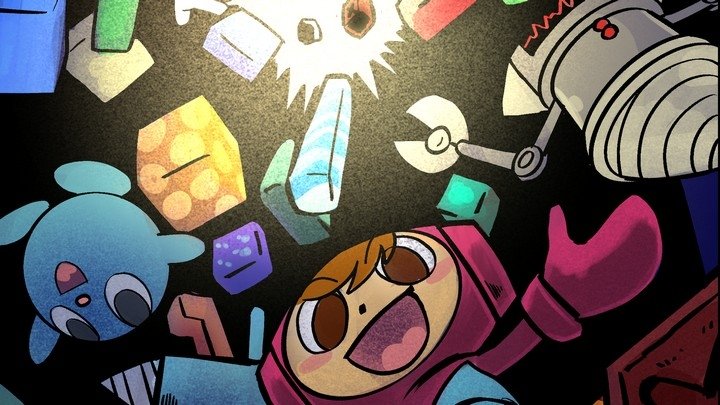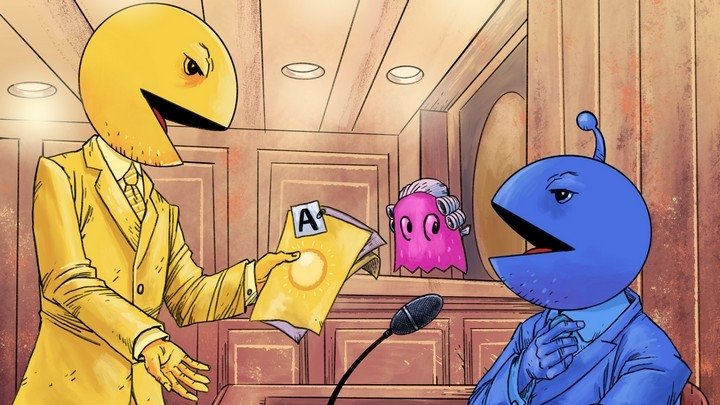Happy 10th birthday, Noby Noby BOY
In 2009, Keita Takahashi gave us the only good massively multiplayer game ever made
February 2009 was a momentous month for PlayStation 3 owners. One week ago we celebrated the 10th anniversary of Flower and remarked upon how well it holds up and how it helped usher in an era of experimental, non-confrontational video games on consoles. And yet the very next week, another outside-the-box game debuted on the console: Noby Noby BOY.
Noby Noby BOY was surrounded by even more excitement than Flower thanks to its superstar creator, Keita Takahashi. Takahashi made it big five years earlier with Katamari Damacy, a ridiculous game about rebuilding the universe by rolling a ball. Noby Noby BOY took that same energy but, like Flower, dropped all manner of conflict and created a virtual playground for the eponymous Boy to explore. As Boy, players have control of his head and his backside as separate-but-equal entities using the dual sticks of the PlayStation 3 controller. Boy can crawl around a floating island populated with randomly generated creatures and objects - all of which are totally benign. In fact, the only aggressor is Boy himself, as he can eat most anything that appears and fire it out his rear end.
The only objective in Noby Noby BOY, if that word even applies, is to stretch Boy. The total length of Boy can be reported to Girl, a similar-looking character who is not playable but is instead exploring the universe. Via the PlayStation Network, all data from Boys around the world was aggregated so Girl could grow to extraordinary lengths. Girl stretched from the Earth to the Moon within 4 days of Noby Noby BOY's release - a distance of 384,400 km or 238,855 miles. As Girl reached new areas in our solar system (based on real astronomical data) she would unlock new stages to explore as Boy, making the entire Noby Noby BOY experience a kind of crowdfunded mission of space exploration, one driven by gameplay instead of cash (albeit with literal "stretch goals").
There was just one catch in Girl's star trek: space is big. Really big. The shortest distance that can possibly exist between Earth and Mars is 53.6 million km, more than 100 times the distance between Earth and the Moon. Noby Noby BOY sold reasonably well (in May 2009 Takahashi told GAME Watch that "about 100,000 people" owned a copy) but it would have taken those players years to reach our nearest planetary neighbor, to say nothing of the rest of the solar system. So the game started "Lucky Week" promotions that added multipliers to players' data along with various cosmetic updates and support for local mutliplayer - up to four Boys at once. Sure enough, Girl reached Mars in May 2009, and ongoing, ever-increasing bonuses would lead her to eventually reach Pluto and then return home to Earth in December 2015.
For me, Noby Noby BOY was a daily snack kind of game, something I could enjoy for 10-15 minutes a day without any worry that I would get stuck or lose my place. While there was no means to communicate with other players, the game shared enough data publicly that I knew I was not alone in my quest to stretch Girl far beyond the stars. And as my two children were born (the first of whom arrived in June 2009, for the record), Noby Noby BOY became a way to introduce them to video games as a colorful, safe playground rather than a challenge or a contest. No matter what button they pressed or which direction they pushed the dual analog sticks, something colorful and fun would happen and somewhere Girl would inch her way closer to another planet.
With no physical release and no ports* to other platforms, Noby Noby BOY won't be the easiest game to preserve for future generations. For the time being it is still available on the PlayStation Network and Boy can still stretch all he wants, but Girl's journey is over. The sense that any moment a new planet might open up thanks to the efforts of players around the world, is gone. But that's the paradox of Noby Noby BOY: it is a game designed for short sessions of play that can be enjoyed forever, yet the online aspect means that one day the game must permanently end.
I no longer own a working PlayStation 3 so I was unable to revisit Noby Noby BOY properly for this anniversary, but maybe that was never the point. Maybe Noby Noby BOY, like a real playground, entertains us just long enough until we move on. Today I can watch a video of the "ending" and think about all the weird moments I had with Boy just like my kids will someday recall the hours they spent playing in the park next to our house in Osaka. Whether the park still exists at that time or not, they cannot "revisit" a child-sized swingset or slide because they'll be grown. All they can do - all any of us can do - is remember.
Today, I fondly remember Boy and Girl and the Fairy and House and all the tiny worlds Keita Takahashi gave us.
*There was a unique Noby Noby BOY iOS app released in 2010 that featured an assortment of touch-screen activities, but it was pulled from the app store years ago. My kids loved it.




